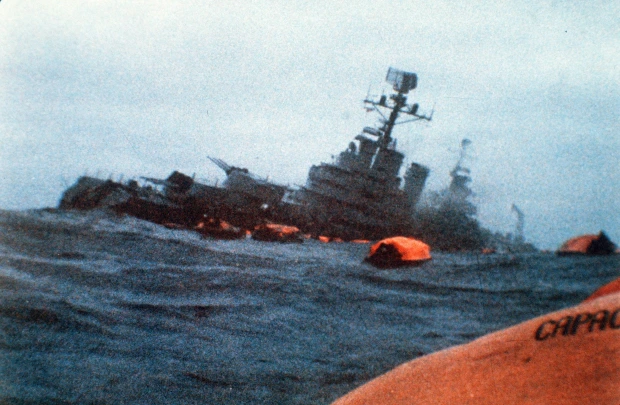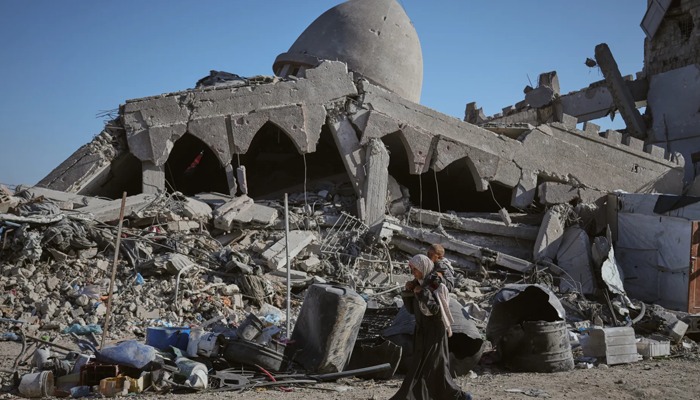A senior US defence official confirmed Friday that Ukrainian missiles exploded and sank the Russian Black Sea flagship Moskova.
The guided-missile cruiser — the largest craft deployed against Ukraine so far — was struck by at least one Neptune anti-ship missile fired by Ukrainian forces Thursday, the official said.
The confirmation punched holes through Kremlin insistence that the capital ship was damaged after an ammunition fire.
The loss of the Black Sea flagship is the latest embarrassment to befall the supposed superpower’s armed forces during the invasion of Ukraine, and it removes a key military asset from Russia’s arsenal.
One of Russia’s Slava-class cruisers, the Moskva was 600 feet long and crewed by nearly 500 sailors.
The ship’s primary mission was air defense, according to the Pentagon, though the Moskva was also equipped with anti-ship missiles and had the capacity to carry 16 long-range cruise missiles, like those that have battered Ukrainian targets for weeks.
Built in the 1970s, the Moskva was a Soviet-era ship, designed to do battle with NATO fleets. It was built in then-Soviet Ukraine, and christened the Slava, the first of its class. The ship was renamed the Moskva in 1995. The ship underwent at least two modernizations and refits during its service.
Rumors swirled on Friday that the 12,500-ton ship could have been equipped with nuclear weapons, but those claims could not be independently verified. US intelligence officials doubted that the ship was carrying nuclear warheads at the time of its sinking, CNN reported.
Speaking to reporters on Thursday, before the ship was known to have sunk, Pentagon spokesman John Kirby said it was difficult to predict what impact the ship’s neutralization would have on Moscow’s war effort.
“They have, and have had, anywhere from a dozen to two dozen ships operating in the Black Sea and the Sea of Azov since the beginning of this invasion,” he said. “It would be difficult to be able to tell you that, this one ship being out of commission, what impact that’s going to have.”



















